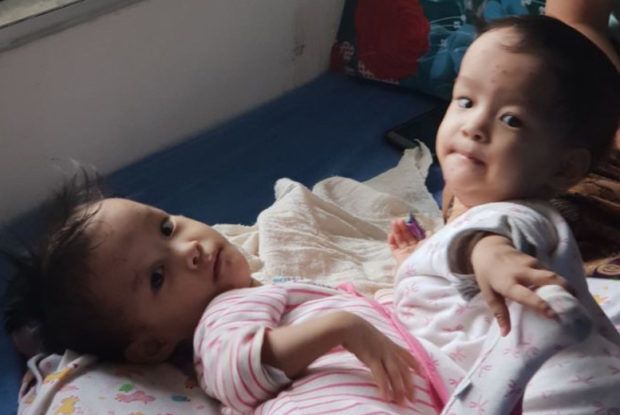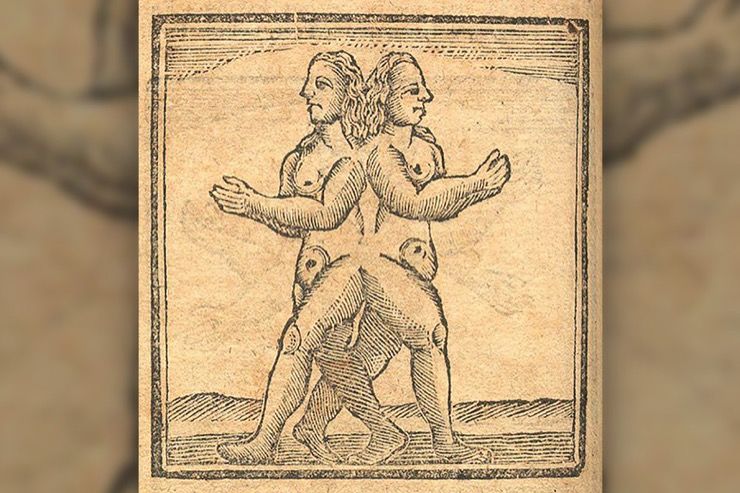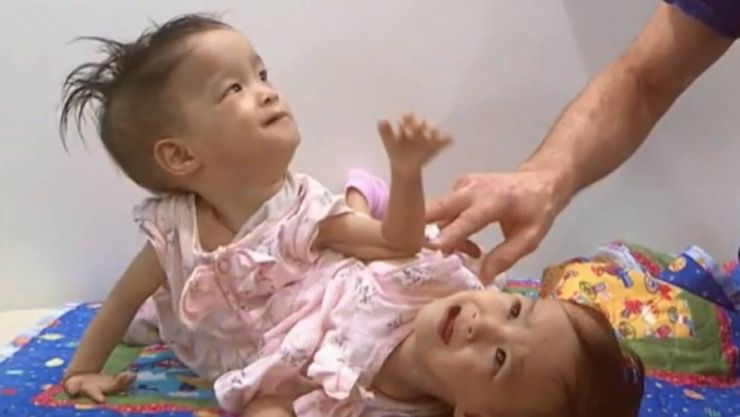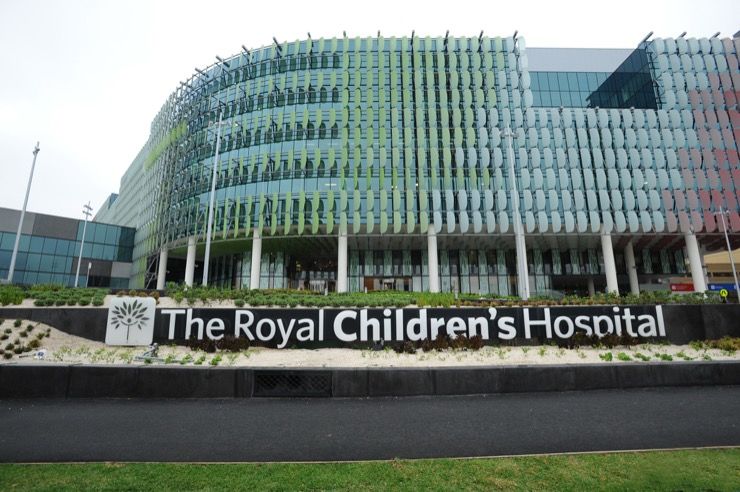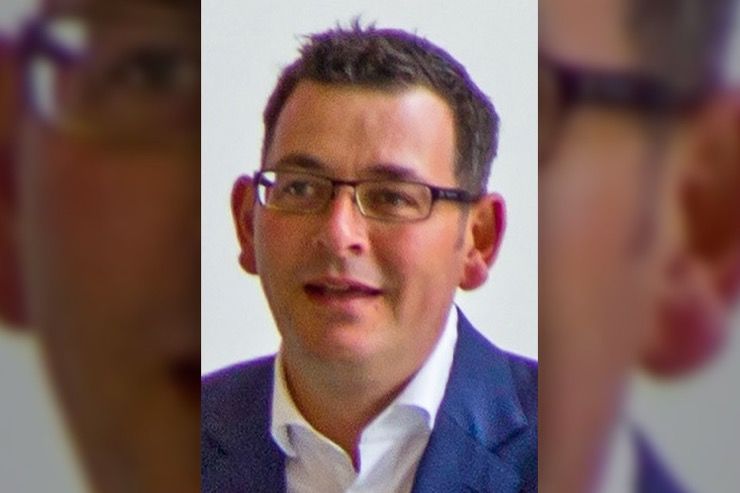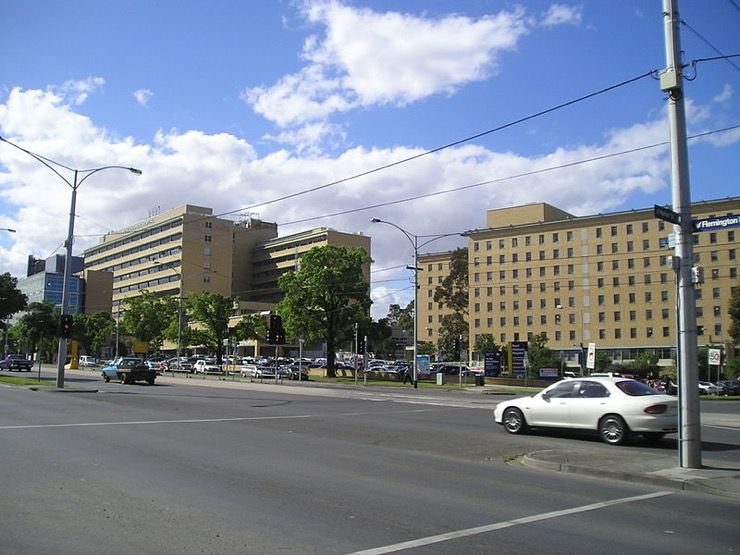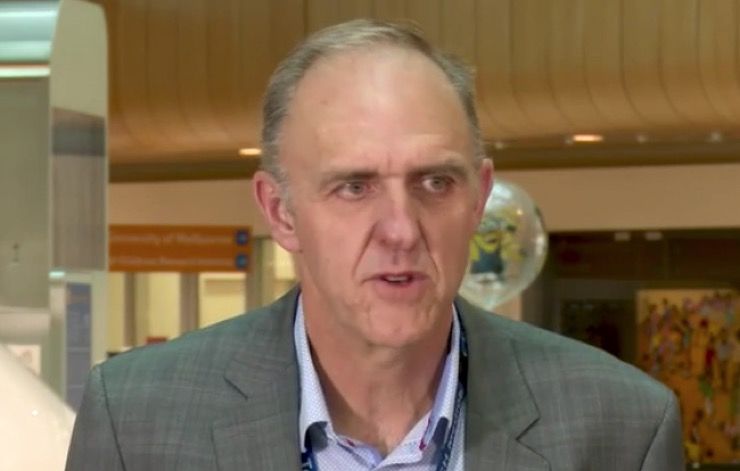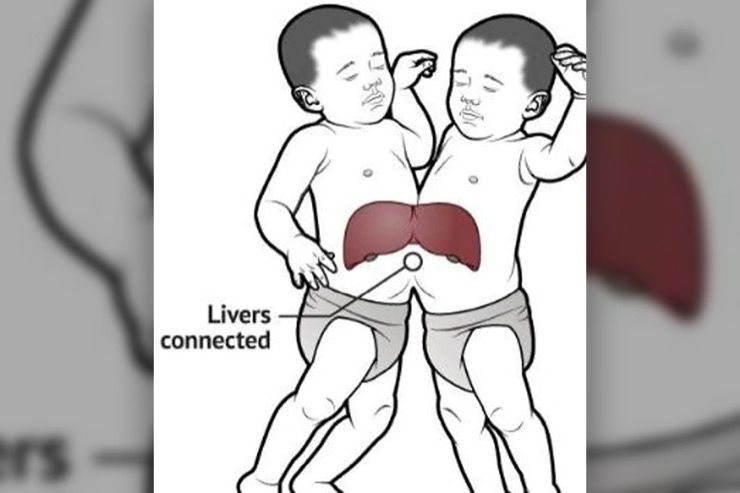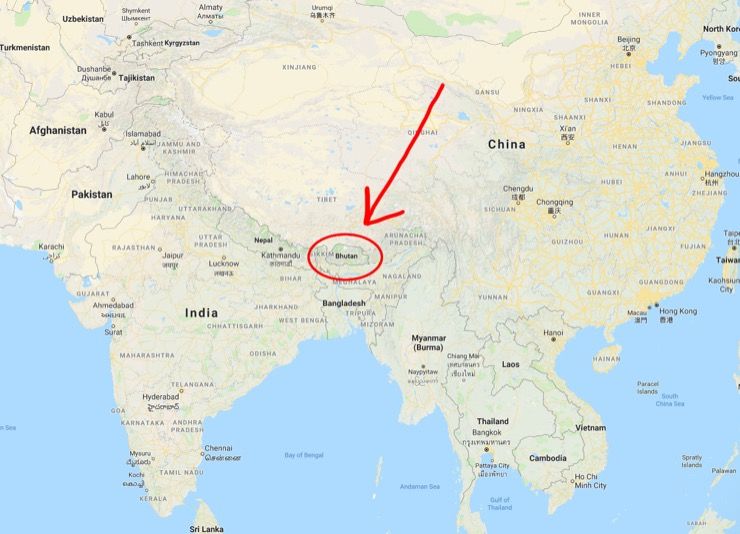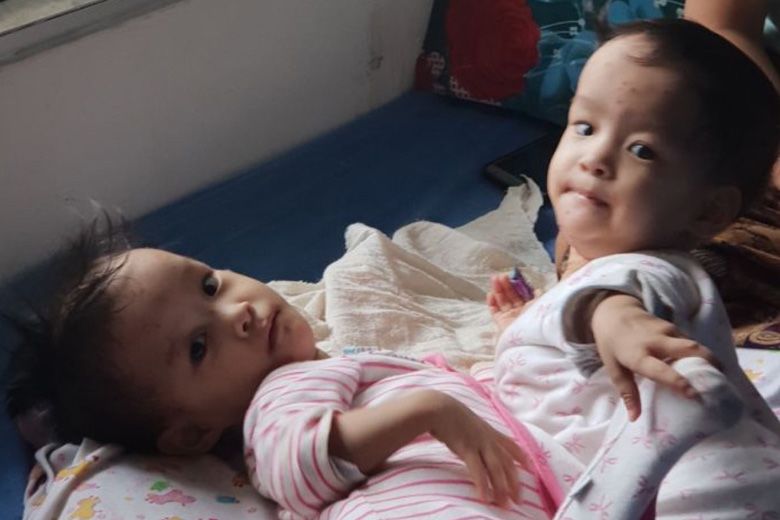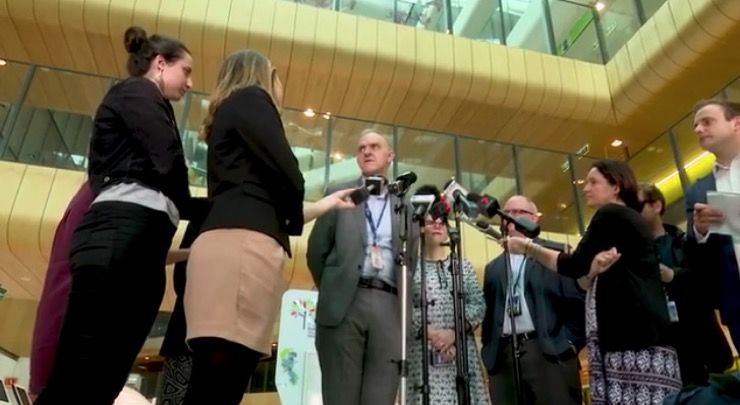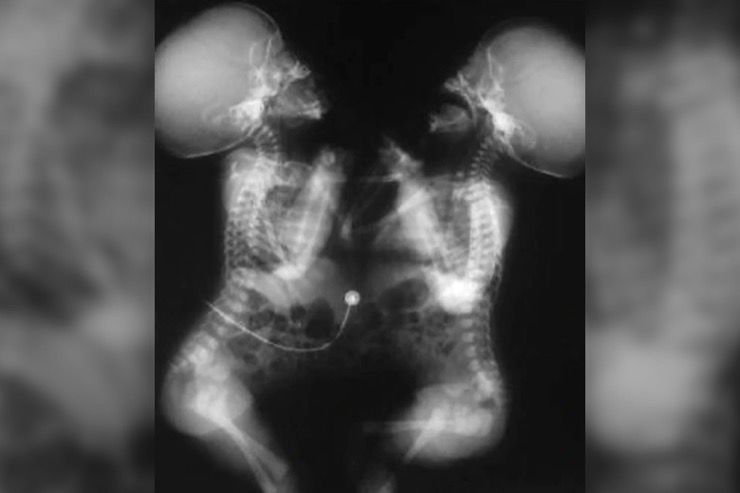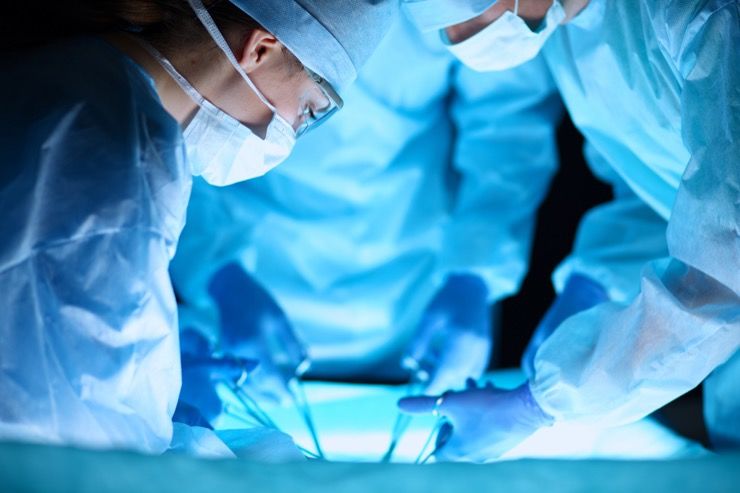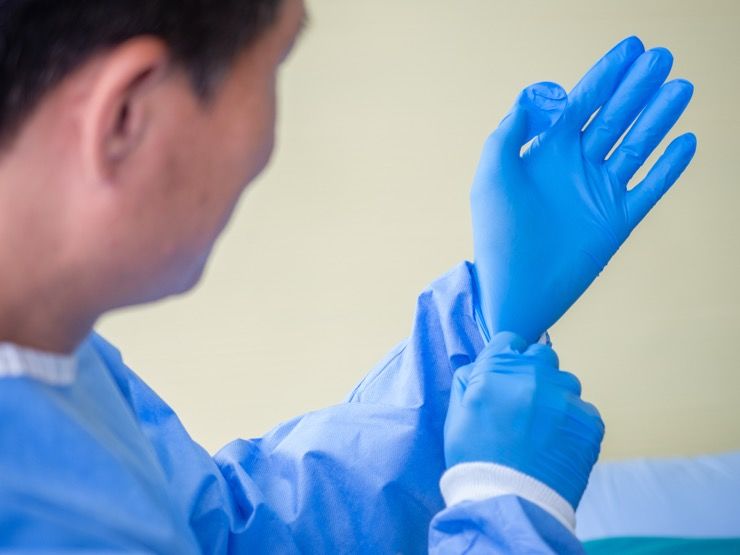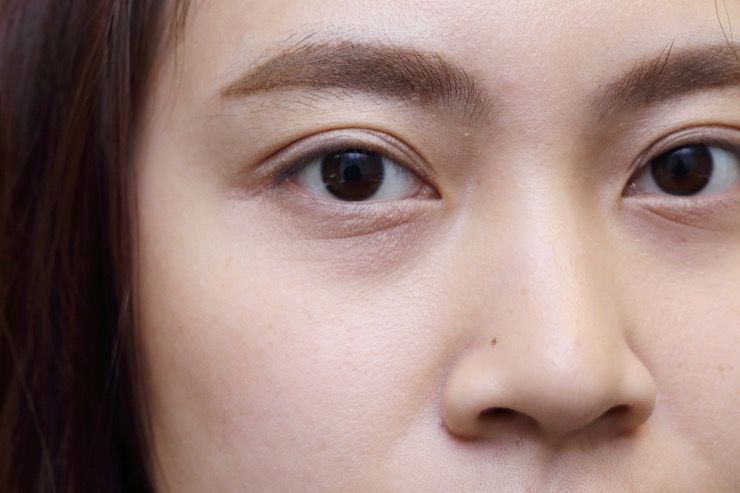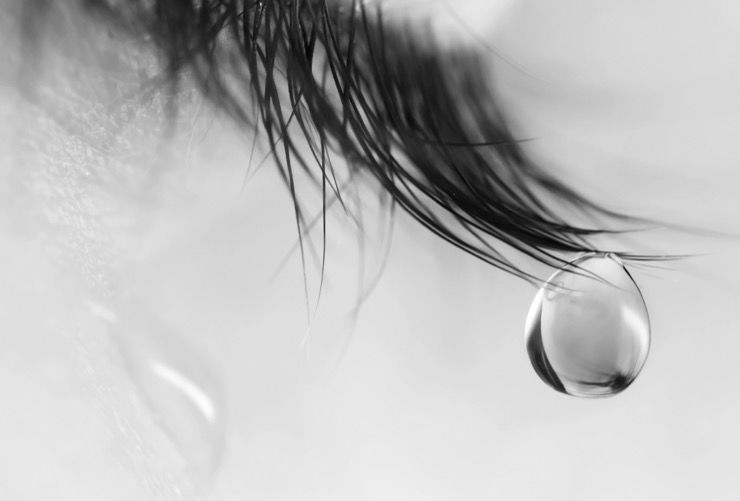When Nima and Dawa were born as conjoined twins, connected by their lower chest and through their tummies, their mother Bhumchu Zangmo knew that life would be a struggle for them as well as for the whole family for years to come.
Having successfully separated Bangladeshi conjoined sisters Trishna and Krishna nine years ago, the brave people from the Children First Foundation and the RCH are teaming up once again to perform miracles in the hope of giving these twins a new lease on life and their own independent futures.
Conjoined Twins
Conjoined twins are essentially identical twins who fail to separate and are joined ‘in utero.’ While these twins are extremely rare, representing only one in around 49,000-189,000 births, they are most common in southwest Asia and Africa. Roughly half of conjoined twins are stillborn while another one-third will die within a day of being born. For those who do survive, life is a challenge and a constant uphill struggle.
Fission and Fusion: Contradicting Theories
Medical professionals have differing opinions on how conjoined twins come into existence. While the most accepted theory is that of fission, whereby a fertilized egg splits, others attribute the phenomenon to be something called fusion. In this process, the fertilized egg totally separates but stem cells migrate from one twin to the other, fusing them together. But no matter what the theory, 38-year-old Bhumchu Zangmo was thrilled when she was told her daughters could potentially be separated.
Risky Procedure
Since her daughters were born, Zangmo has lived in a constant state of fear that one or both of them will die. Zangmo said she was overwhelmed by the Australian effort to separate her daughters, but the procedure is a tricky one. The worried mother spoke to the Herald Sun through an interpreter about the operation, expressing her fears.
Extremely Happy
Zangmo explained to the publication: “I am very concerned for their future life, so I cannot think of not separating them,” she said. “Even if the surgery takes away one twin, I will be very happy for the other living twin. I am extremely happy that help has finally come. Not only happy, but I am also ecstatic now that surgery will be possible in Australia.” But it was no easy thing to get the twins from their remote location in the Himalayas to the Royal Children’s Hospital in Australia.
Wanting to Help
Daniel Andrews, the 48th Premier of Victoria, also spoke to reporters about the twins, saying that he had contacted the RCH to offer support and funds. He said he wanted to “step in and make a contribution on behalf of all Victorians” for the girls, stating, “We don’t want this family to be out of pocket.” He also spoke of the “amazing pride” he felt that the twins would be separated in Melbourne.
Amazing Pride
The complex surgery is also a source of pride for Andrews. As he explained: “They are coming to the best children’s hospital anywhere in the world to get the best care.” And that’s just as well seeing as they could not undergo the procedure in their country of origin. The head of pediatric surgery at the RCH, Dr. Joe Crameri, was also confident that his team could separate the girls successfully.
Individual Lives
Crameri also spoke about the forthcoming operation to separate the twins. “On the best of the information we have at the moment I think we can offer them separation and I think we can offer them the ability to go home and live a normal life,” Crameri said. He offered more details about the challenges doctors would face with the procedure.
Total Separation
For Crameri, the procedure can be successful in separating the twins without leaving any “long-term legacies.” “We think they have joined liver which we can separate; we think they have joined bowel which we can separate; we don’t think they have major structures such as the heart or the lungs which are shared,” he said. “So it also means we have the opportunity to separate them without leaving them with long-term legacies, and I think that is important.”
International Effort
In the Kingdom of Bhutan where the twins were born, they live a simple existence in a region of the world where GDP is extremely low. Sitting between India and China, there’s no way the twins could get the help they needed in their remote country, sparking an international effort to find a hospital somewhere that could carry out the procedure. Soon after more information was gathered about the twins, RCH confirmed it would be glad to separate the girls.
Special Team
For the surgery to take place, the hospital needed to assemble a special team of six top-level surgeons, dozens of specialist nurses and a group of anesthetists. “These occasions are very rare (but) I guess at the Royal Children’s we have a track record of helping the twins recently,” Crameri said. The twins’ health had deteriorated and being joined in the way they are has left them frustrated and miserable.
Needing Help
The situation with the twins is not tenable on a long-term basis, as Marina Te Maro from the CFF explained: “They are 14-month-old girls that are joined together and desperately need to be able to go through their normal development. They are getting frustrated, and they are physically unable to do the things that normal 14-month-old children are able to do,” she said.
Huge Costs
The flights, the expert medical team, the hospital costs; one thing this procedure is not is cheap. To avoid impacting the RCH’s funding or burdening the taxpayer, the CFF is hoping that Australian generosity will save the day in this instance, and help to foot the anticipated $300,000 bill for the operation and aftercare. The chief executive officer at CFF, Elizabeth Lodge is also hopeful.
Extra Special
Lodge spoke about the RCH’s skill when it comes to such procedures, and how it could save the lives of these two girls. “These little girls are extra special … we are just concerned whether they would live,” she said. “We are just thrilled the Royal Children’s are working with us. They have separated conjoined twins before, Trishna and Krishna who were brought to Australia by Children First Foundation so that expertise and knowledge will be harnessed once again.” Lodge also expects the girls to be able to live independent lives.
Feeling Confident
Lodge is hopeful that the special teams will be able to deliver a seamless process for the separation of the twins. She is also quietly confident, as she explained to reporters: “We will have some of the same surgeons, the anesthetists, the theater staff, we will have an ICU team back with us again, so we are very confident these little girls will be separated successfully and soon be able to crawl, roll, jump and run as two little independents,” she said.
Before Surgery
On the morning before the tricky procedure took place, Crameri explained the potential risks the teams were facing. “We keep making guesses as to how long this will take. The reality is that until the operation starts, and ultimately we get to see what is connecting the girls we won’t really know how long,” he said.
Successful Surgery
After much concentration, focus and time, Nima and Dawa were finally separated by top team of surgeons. Dawa was taken to a different operating table in the same operation theater, and both girls were placed on their backs. Dr. Crameri was joined by surgeon Liz McLoed to work on Dawa, while Dr. Clarnette and Dr. Nightingale worked to reconstruct Dawa.
Rescrub Time
One of the keys to this procedure was the sterile environment that needed to be maintained in the operation rooms on a constant basis. At one point, the whole team stopped and rescrubbed themselves and the room to ensure total cleanliness. “That is when we literally step back, we take the gear off, and we almost go back to the start of the operation again,” Crameri said.
Reconstruction Time
Crameri continued: “It just makes more sense to do that. We can step back and give (anesthetists) Ian and Geoff time to get settled and move the kids across,” he said. “Once we are moving them it is more about reconstruction, not about the liver. The bowel we can separate and do on different tables.” But this all depended on the environment remaining totally sterile, and that’s where the “closed theater” signs came in.
Closed Theater
As so many specialists needed to be on the operating room at once, closed theater signs were placed all around to ensure that all non-essential staff were kept out of the room. Nurse Amanda Crooks was given the responsibility of dictating the movements of the staff inside the room. “We are at max, we are packed,” she said at one point. But the operation was also live streamed to the RCH media room for training.
Live Stream
The hospital didn’t want to miss out on a great training opportunity for their budding new doctors and nurses. But as the operating theater needed to have as few people in as possible, the whole procedure was live streamed to the RCH media room, where the staff was able to watch remotely and learn from the surgeons carrying out the operation. The twins mother also got credit for her remarkable calmness throughout the whole procedure.
Extraordinary Calmness
While Elizabeth Lodge did tell the press that the twins mother Zangmo was feeling “a little bit scared” about the operation, she also gave her credit for her calmness in the face of such adversity. “She just wants that quietness and finds it peaceful,” Lodge said. “She still has this extraordinary calmness about her, which is just amazing,” she added.
Recovery Period
Having been separated successfully, Dr. Karma Sherub who delivered the twins, and was present at the operation, said the girls are expected to spend around one month recovering in the hospital in Melbourne.”Especially Dawa, as she has not been moving much. A few of the muscles on her limbs are not developed, because they have not been used,” he said. “Nima is just now trying to stand up and walk. She’s struggling because Dawa is holding her back.”
Getting Better
Staff who have been caring for the twins as they recover said that they have both improved enormously since the operation, and have put on a combined two kilograms in weight and are getting stronger and more confident every day. Their mother was moved to tears by the kindness and support she was shown by the people in Australia as well as around the world.
Mother’s Gratitude
Zangmo found it hard to hold back tears following the successful separation of her daughters. She thanked the people who helped to make it happen, saying, “I want to say thank you to everyone for bringing the twins and me from Bhutan, and all the efforts to take care of us, feed us and clothe us.”
